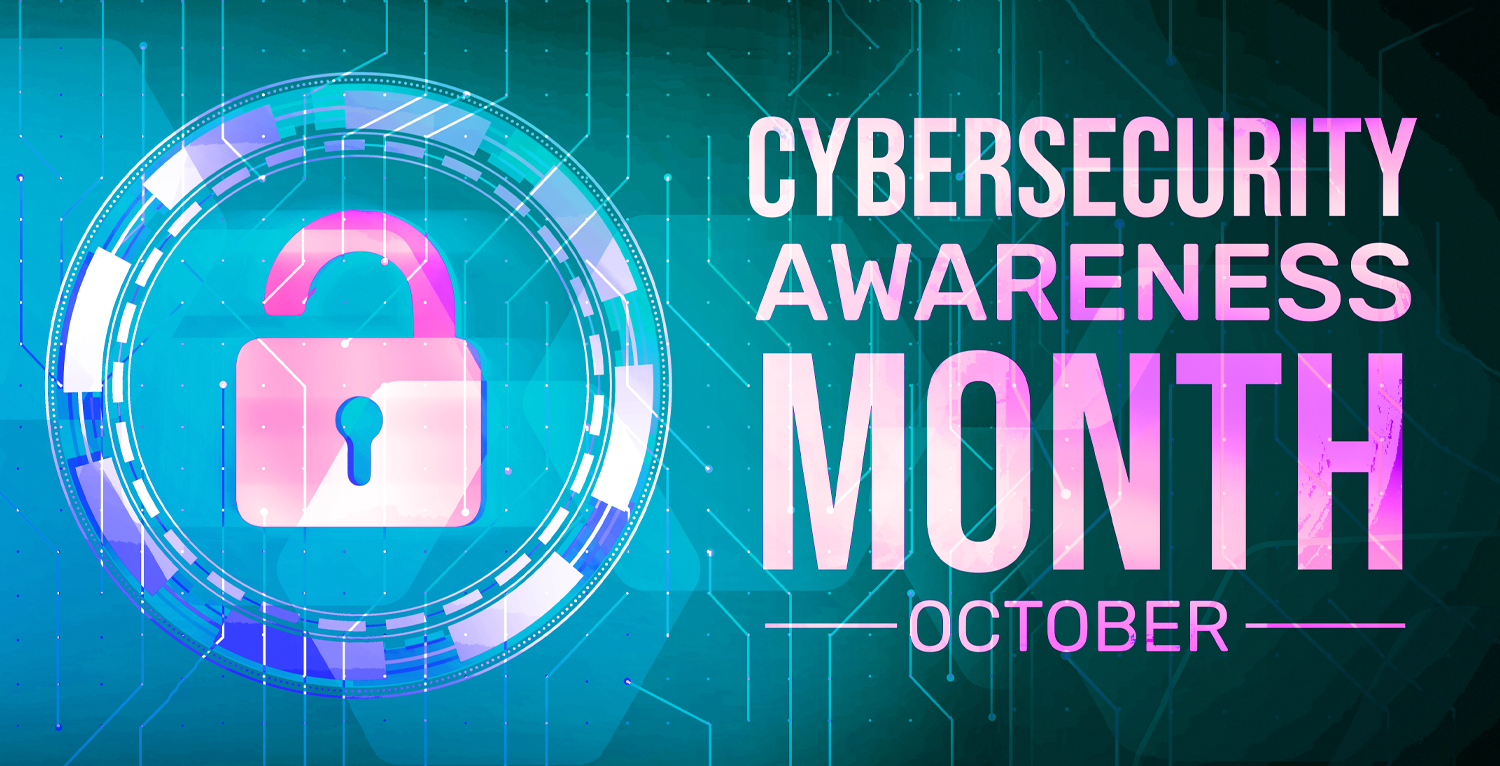
How HR Can Foster a Culture of Cybersecurity
With Cybersecurity Awareness Month in full swing, it’s the perfect time to examine a critical, yet often overlooked, aspect of an organization’s cybersecurity strategy: culture.
While technical solutions and security protocols are essential, the human element—how people think, act, and interact with technology—can make or break an organization’s defences.
This is where Human Resources comes in.
HR has a unique role in shaping company culture, and when it comes to cybersecurity, fostering a security-conscious mindset among employees is just as crucial as implementing firewalls and encryption.
Here’s how HR can play a pivotal role in building and sustaining a culture of cybersecurity:
1. Embed Cybersecurity in Company Values
Organizational values are more than just words on a website—they define how employees interact, collaborate, and behave within the company. To create a culture of cybersecurity, HR should ensure that data protection and security consciousness are embedded into these values from the start.
When security becomes a part of the company’s DNA, employees are more likely to take personal responsibility for safeguarding both their own information and the company’s digital assets. This can start as early as the onboarding process, where cybersecurity awareness is introduced not as an additional task, but as a core company value that’s integrated into everything employees do.
2. Train Beyond Compliance: Develop a Cyber-Savvy Workforce
Too often, cybersecurity training is treated as a compliance requirement—a once-a-year online module that employees rush through. This checkbox mentality does little to build awareness or change behavior. Instead, HR can advocate for dynamic and continuous cybersecurity training that keeps employees engaged and informed.
Here are a few effective training strategies to consider:
- Regular Training: Move beyond annual training. Implement shorter, more frequent cybersecurity sessions that focus on current threats like phishing, ransomware, and social engineering. These can be paired with real-world examples or recent security breaches to drive home the importance of vigilance.
- Role-Specific Education: Not all employees face the same risks. Tailor cybersecurity training to different departments (for instance, finance and HR staff may require more detailed guidance on handling sensitive personal data, while marketing teams may benefit from training on securing customer information).
- Interactive Learning: Consider gamified learning platforms or interactive cybersecurity workshops. Simulations, such as phishing tests, can challenge employees to spot real-time threats and reward them for successful avoidance.
By transforming cybersecurity training into a dynamic, engaging, and ongoing experience, HR can help employees feel personally invested in protecting both company and personal data.
3. Reward Security-Conscious Behavior
One of the most effective ways to change behavior within an organization is through positive reinforcement. When employees demonstrate strong cybersecurity practices—such as identifying phishing attempts, reporting suspicious activity, or implementing secure password protocols—HR should recognize and reward those behaviors.
Creating a security recognition program or incorporating cybersecurity metrics into performance reviews can incentivize employees to stay vigilant. This positive reinforcement not only motivates employees but also demonstrates that the organization takes cybersecurity seriously at every level. This helps to shift the perception of cybersecurity from a set of rules employees must follow to instead making employees play an active role they play in the company’s success and safety.
4. Make Cybersecurity a Leadership Priority
A strong culture of cybersecurity starts at the top. HR can work closely with leadership to ensure that the importance of cybersecurity is frequently communicated and demonstrated. When executives and managers model good security behaviors—such as using strong, unique passwords or quickly reporting suspicious emails—it sets a standard for the entire organization.
HR can support this by facilitating cybersecurity briefings for leadership, ensuring they are well-versed in the current threat landscape and the impact that a potential breach could have on the organization. When leaders are informed and engaged, it helps to foster a trickle-down effect that influences employees across all levels.
5. Cybersecurity in Offboarding: Don’t Leave a Door Open
While most companies understand the need to secure new hires with proper onboarding training, the offboarding process is equally critical in protecting against cyber threats. Former employees who retain access to company systems, even unintentionally, can become significant security risks.
HR plays a central role in ensuring that cybersecurity protocols are closely followed when employees exit the company. This includes working with IT to:
- Immediately revoke access to all systems and accounts.
- Retrieve company-owned devices, ensuring they are wiped of sensitive data before reuse.
- Remind exiting employees of their ongoing obligations regarding company information security, even after they leave.
A structured, secure offboarding process prevents any gaps that could be exploited by malicious actors or inadvertently lead to data leaks.
6. Foster a Culture of Reporting Without Fear
Many employees hesitate to report cybersecurity concerns, fearing they might face reprimand or be seen as negligent. HR can help address this by fostering an environment where reporting suspected security incidents is encouraged and celebrated.
To do this, HR can work with IT to create a clear, anonymous reporting system that allows employees to easily and safely report suspicious emails, potential breaches, or unusual activity without fear of blame or punishment.
HR are in a unique position to be cybersecurity champions by fostering a culture where security is everyone’s responsibility, not just the IT department’s. Through thoughtful training, positive reinforcement, and secure processes, HR can influence behaviors that make a lasting impact on the company’s overall security posture.
In today’s digital world, an organization’s strength lies not just in its technical defences but in its people. By cultivating a culture of cybersecurity, HR can protect both the organization and the employees who help it thrive.
As we celebrate Cybersecurity Awareness Month, let’s remember that cybersecurity isn’t just about firewalls and encryption—it’s about people. And HR holds the key to making every employee a vigilant defender of the company’s digital assets.
If you would like to discuss how we can help build cybersecurity into the culture of your organization, get in touch with me at sayid@orgshakers.com